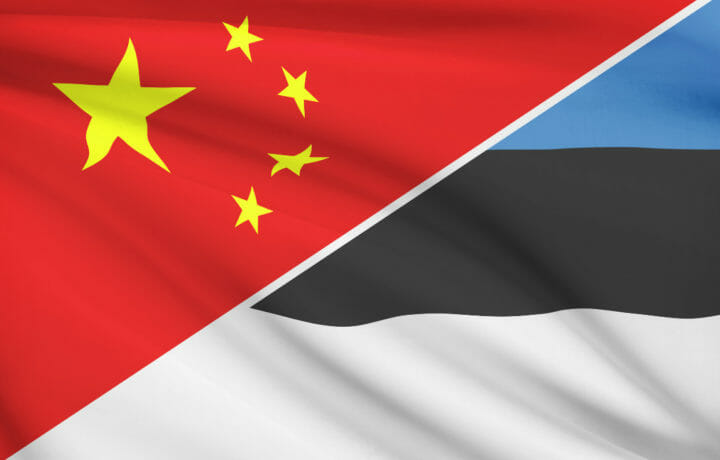Tarmo Kõuts, a world-renown scientist within the world of environmental physics, gets three years in prison. He pleaded guilty to committing espionage on behalf of Chinese military intelligence (China’s Intelligence Bureau of the Joint Staff Department of the Central Military Commission). Kõuts provided to China information from the Estonian Ministry of Defense Scientific Committee and from the Scientific Committee of the NATO Undersea Research Center.
He was in the parlance of the intelligence professional, a prime source in a key position, with insider access to current and future research and development – in other words, they had themselves a golden goose.
Tarmo Kõuts
Who is Kõuts? He is leading scientist from the Tallinn University of Technology – Marine Systems Institute. The author of over 60 published pieces, a PhD, who carries the title of “senior researcher.” Among those topics which he has published include research on “circularity polarized X-band coastal marine radar” used to estimate wave height; “system for monitoring and forecast ship resistance in ice” useful when navigating ice channels; and numerous others with focus on navigating in and through ice.
In 2006, the Estonian defense community welcomed Kõuts input, and he received his national security clearance so as to participate in the MoD Scientific Committee.
He also had a seat within NATO’s scientific community representing Estonia. He worked with the NATO Undersea Research Center located in Italy, and for two years, he served as the vice president of the entity. He held a NATO security clearance which permitted him access to classified NATO documents
China’s successful intelligence collection
According to Aleksander Toots, deputy director of Estonia’s internal security services’ (Kaitsepolitseiamet – KaPO) counterintelligence group, in 2018, Kõuts was recruited by the Chinese military intelligence during a trip to China.
The Chinese military intelligence operatives used a “think tank” cover (not identified) to meet and handle Kõuts. His motivation was greed and the need to be recognized. China stepped right up and provided him with paid luxury trips abroad (which include Michelin-starred restaurants) and an unidentified stipend.
At the time of his arrest, Estonia seized the equivalent of $20,000 from his bank accounts.
While the Estonians held this case quiet from arrest in September 2020 through prosecution, in March 2021, it should be noted when Kõuts was arrested, he was arrested along with Gerli Mutso, who may be identical to the owner of Gerli Mutso Consultancy OU, which public records show is a management consultancy.
Kõuts pleaded guilty and claimed he only revealed his observations and anecdotes about his classified work and not any “confidential military information.” The Estonian prosecutor seemed to agree, given the light sentencing, and the decision to not charge him for a more severe crime of treason.
China’s espionage
Contemporaneously with the Kõuts recruitment in 2018 during a trip to China, we witnessed other instances of China’s intelligence officers active within the EU. In April 2018, China’s Ministry of State Security officer Zhang Hui, was arrested in Belgium for his role in the targeting of U.S. aerospace defense contractors. Hui was subsequently extradited to the United States in October 2018.
In September 2020, the Belgium security service opened an investigations into the actions of the EU-Asia Centre for their connections with two identified Chinese intelligence officers, one from the MSS and the other from the Chinese military intelligence, resident in Belgium, operating under journalistic cover.
The modus operandi used in those cases targeting the United States defense sector appears to be similar to that used in targeting Kõuts. Spot, assess, engage as a think tank, drop the vale, recruit, and run the asset.
FSOs will be well served to take note of the common denominator across many of the espionage cases involving China. The recruitment takes place in China and think tank cover is often used by the Chinese intelligence apparatus.




